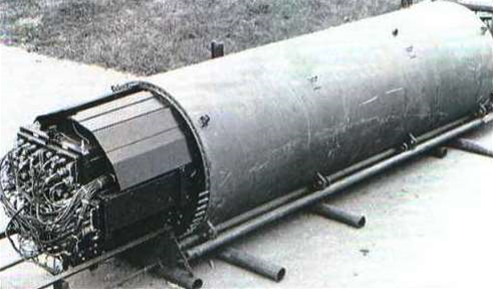In 2011 the Japanese government refused US requests to place wiretaps on its communications cables, which were to be used for gathering information on the Chinese, a Japanese newspaper has reported.

Citing unnamed sources, Kyodo News has reported that the United States National Security Agency signals intelligence bureau sought permission from its main regional ally Japan to tap into telecommunications and data fibre-optic cables, but was turned down on the basis it would have been illegal to intercept personal information without warrants in the country.
Japanese authorities said legal reasons along with a shortage of staff to deal with the large volume of personal data the NSA wanted access to made it impossible to comply with the interception request.
China was the main target of NSA's information gathering, Kyodo News says.
Japan has many individual rights provisions enshrined in its constitution, including article 35 which requires separate warrants to be issued by competent judicial officers ahead of entries into citizen's homes, and searches and seizures of papers and effects.
Citizens of Japan can also sue the state for constitutional breaches.
NSA defector Edward Snowden revealed in June this year that Britain's Government Communications Headquarters (GCHQ) had been secretely eavesdropping on fibre-optic cables landing in the country, and passing on the information to the NSA.
US wiretapping of communications and data cables in the Asia-Pacific region dates back to the 1970s when the NSA and the US Navy placed intercepts on Soviet Union sub sea circuits using divers from the submarine USS Halibut in Operation Ivy Bell.
The American sub had to return to the area outside Vladivostok every six to eight weeks to pick up recordings of the communications which were unencrypted as the Soviet forces believed the cable system was secure and couldn't be intercepted.
The intercept remained in place until Ronald Pelton, an NSA employee, betrayed its existence to the Soviet KGB spy agency for US$35,000 in 1981.
Soon after the waterproof interception pod was removed by the Soviets in 1981. Pelton, who memorised the information he gave to the Soviets so as not to have to handle documents, was himself betrayed by defector Vitali Yurchenko and received three concurrent life sentences in 1986 for espionage.
In 2001 the Navy's plans for a billion dollar retrofit of the nuclear submarine USS Jimmy Carter surfaced.
The USS Jimmy Carter is a 138 metre long Seawolf class attack submarine that weighs over 12,000 tonnes fully loaded. It can dive to over 800 feet (250 metres) depth and was commissioned in 2005.
That same year, the New York Times reported that one of the USS Jimmy Carter's tasks would be to place intercepts on undersea cables for the NSA, possibly through a splicing unit in one of the ship's chambers.
At the time, it was believed that the NSA would adhere to a United States law that prohibited it from intentionally intercepting phone calls and data sent by American citizens without a court order.



.png&h=140&w=231&c=1&s=0)
_(20).jpg&h=140&w=231&c=1&s=0)







 iTnews Executive Retreat - Security Leaders Edition
iTnews Executive Retreat - Security Leaders Edition











_(1).jpg&h=140&w=231&c=1&s=0)



